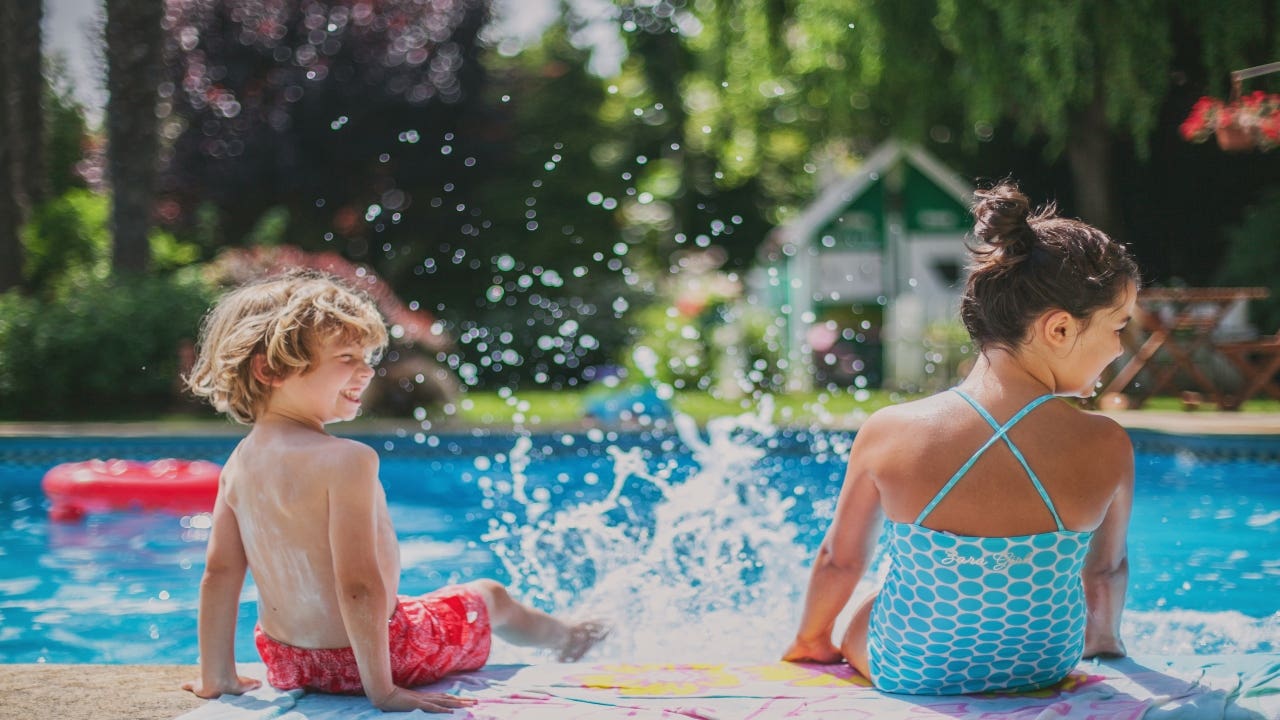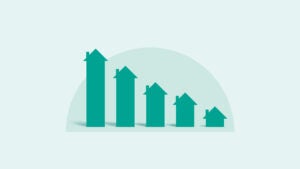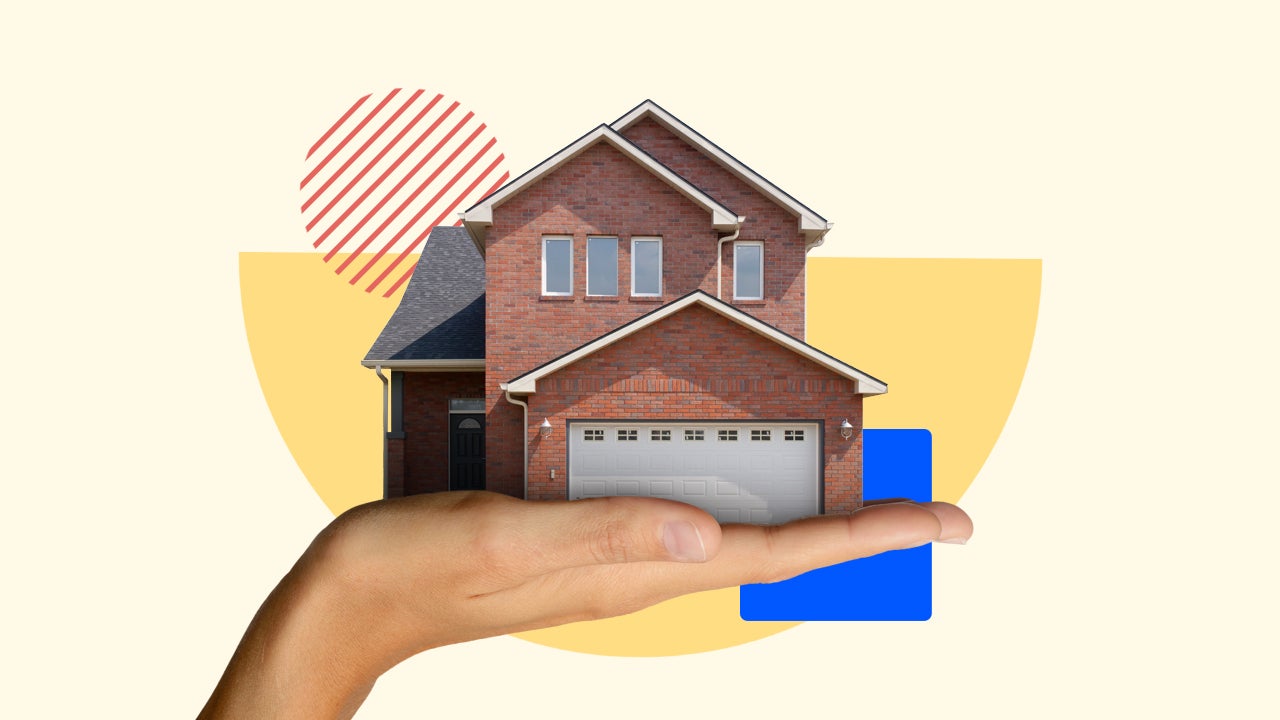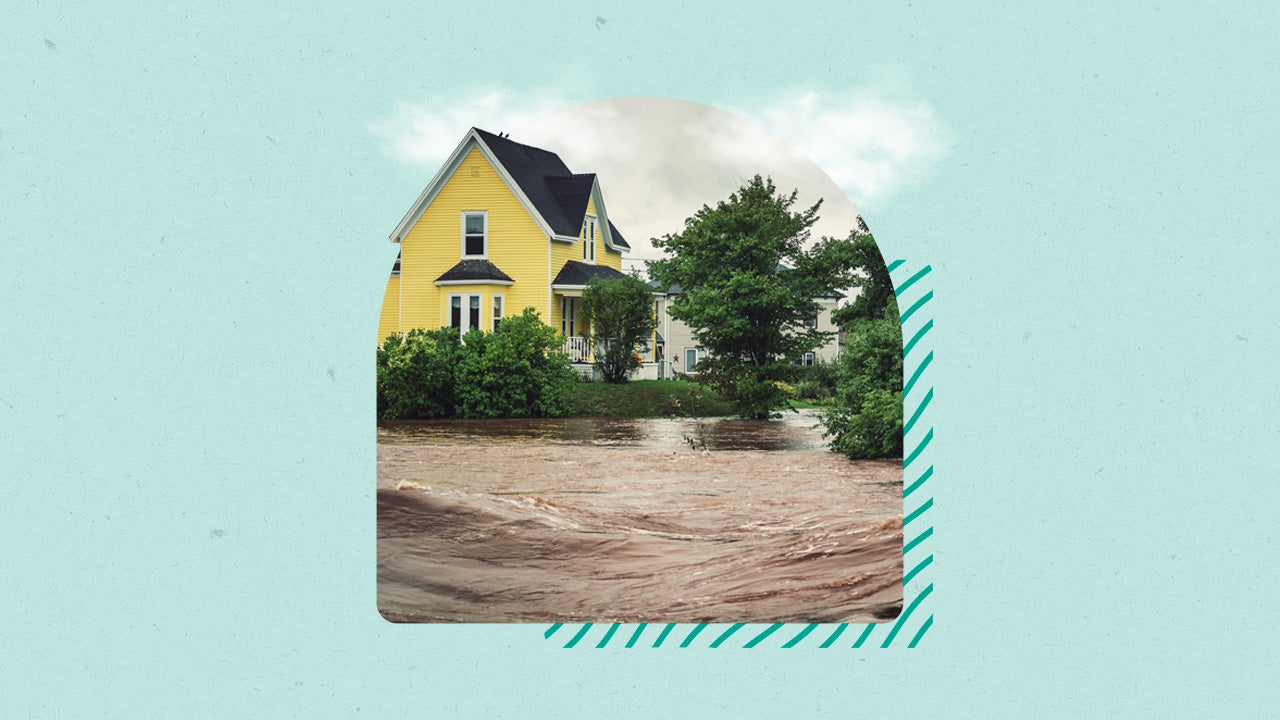Buying a vacation home? 7 key costs to consider




Key takeaways
- If you’re considering a vacation home, prepare for higher interest rates and costlier homeowners insurance than you have for your primary residence.
- You’ll also need enough money to cover a new set of property taxes, maintenance, repairs and property management fees.
- In addition, you might choose to invest in security equipment and new furnishings or decor for the home.
Buying a vacation home comes with obvious rewards. But there are risks too, including the possibility that if you plan to rent the home for income, you may not earn enough to offset your expenses. That’s why it’s crucial to crunch the numbers carefully and estimate the cost of owning a vacation home before investing in a property.
The 7 main costs of owning a vacation home
The price of owning a second home can be steeper than you think. There are recurring costs that must be factored in, as well as unexpected expenses, such as a sudden breakdown of an appliance or major system. What’s more, if your rental income stream is interrupted, overall ownership can be more costly than expected.
Here’s a breakdown of seven major costs of second-home ownership.
1. The mortgage — with a chance of increased interest
Your biggest expense is likely to be your monthly mortgage payment. “Usually, a second home mortgage will run about 0.5 percent to 0.75 percent above the interest rate you’d qualify for on a primary residence,” says Polina Ryshakov, director of credit and product at Roc Capital.
As an example, let’s say you do your homework, scout around and pick what looks like a nice vacation property in sunny Tallahassee, Florida. The home price is $300,000. Your lender requires you to put down 25 percent (a higher-end estimate), or $75,000, on a 30-year fixed-rate loan, and your interest rate is 7 percent. In this scenario, your monthly principal and interest payment would be $1,761.
2. Costlier homeowners insurance
In addition to your monthly mortgage payment, the cost to insure your second home may be higher than for your primary home.
“The location, type of property and amenities will all affect your insurance costs,” says Bonnie Lee, vice president of property claims at Mercury Insurance. “The factors that make your location desirable may also be the things that make it more expensive to insure. For example, a beach home is more exposed to wind damage or hurricanes, and a mountain lodge is at greater risk for wildfires.”
Keep in mind: You may need special insurance coverage — like landlord insurance — if you plan on renting out your vacation home. This can also increase your premiums and deductible.
3. Property taxes
As with a primary residence, you’ll pay property taxes on a vacation home as well. This can vary widely by state and county or region. Using the previous example of a $300,000 home, you may pay around $2,730 in annual property taxes in Tallahassee (where the effective county tax rate was 0.91 percent in 2024) compared to the average national property tax of $4,172 (0.86 percent), according to ATTOM Data Solutions.
There are other taxes to consider, too, including income tax and sales and lodging tax.
4. Repairs and upkeep — even when you’re not there
A vacation home needs upkeep just like any property, from lawn care, furnace tune-ups and a fresh coat of paint to gutter cleanings or caulk replacement. Generally, experts recommend setting aside 1 percent of the total purchase price of the property for home maintenance each year.
In addition, your second home will eventually require repairs and replacement of key items like appliances, lighting and plumbing fixtures or the HVAC system. If things break down unexpectedly, you may not have time to shop around for the best price on a service provider or contractor — and the repairs can be more painful in the pocketbook than you anticipate.
While experts often suggest budgeting 1 percent of your home’s total purchase price for repairs, it’s safer to stash away 3 percent in a combined maintenance and repair fund.
5. Managing the property
Unless you plan to monitor your vacation home (and if you’re renting it out, managing and booking the rentals) yourself, which can be close to a full-time job depending on the location and demand, it’s often best to hire a property management service.
“Expect to pay 14 to 35 percent for these services, based on your market, plus potential fees,” says Sarah Kruse, director of enterprise relationship management at HouseCanary, a valuation-focused real estate brokerage. “Price around and know what you’re paying for. If you go with a budget company, you’re likely to get budget-level care.”
6. Security
Because you won’t be there as often as you would at your primary residence, it’s smart to beef up your second home’s security. That means buying and installing equipment like a video doorbell and outdoor cameras, and perhaps a home alarm system that’s centrally monitored (meaning it will alert local police if a breach occurs).
Equipment costs vary, but are generally more expensive if professional installation is required. And 24/7 monitoring services often require a monthly or annual subscription that can equate to several hundred dollars a year.
7. Decor and furnishings
On top of all these vacation home costs, don’t forget about expenses associated with furnishing your property. Furniture and decor such as a bedroom or dining set and patio furniture can quickly set you back a few thousand dollars. Plus, these items wear out quicker if you’re hosting lots of short-term rental guests every year.
“Always ask about buying a furnished vacation home,” recommends Ryshakov. “Fortunately, sellers in many vacation markets often list homes with all the furnishings included.”
Learn more: 10 key questions to ask when buying a house
Pros and cons of owning a vacation home
Still trying to decide if buying a vacation home is right for you? Consider these pros and cons:

Pros
- The rental income could cover your mortgage or the costs of annual vacation. In some cases, it could even help you earn a profit.
- You’ll have a place to make memories with family and friends.
- You may be able to deduct some of your vacation property expenses on your tax return.

Cons
- Buying a second home requires a significant investment, with second home minimum down payments often being at least 10 percent.
- In addition to the new mortgage payment, you’ll also have to budget for property taxes, homeowners insurance, maintenance and repairs.
- Depending on the local market, your home might not appreciate in value as much as you’d like.
How to prep to buy a vacation home
There are several steps involved in finding and purchasing a vacation home. If you’re considering buying a second home, Kruse offers the following tips:
- Scrutinize your finances and calculate what you can afford.
- Choose a skilled real estate agent experienced with vacation properties who can help you locate the best deals.
- Look at markets carefully. Is the property near water or a beach, which many vacationers prefer? Will it snow in the colder months? Is it near coveted amenities? Is it served by accessible roads and a nearby airport?
- Get the home professionally inspected.
- Shop around for lenders — you may get the best deal with a local lender from the market you’re interested in. Compare rates, down payment requirements and terms prudently, and calculate your total closing costs so you understand the complete financial investment required for your second home purchase.
Is now a good time to buy a vacation home?
As home values continue ticking up and mortgage rates remain high, buying a second home right now might seem daunting. To make things even trickier, most housing experts don’t anticipate a major drop in rates any time soon. For these reasons, it’s understandable if you’re intimidated by the thought of buying a second house right now.
However, like any other investment, deciding when (or if) you should buy a vacation home is ultimately a personal choice. If you meet the credit requirements and want to take on the risk and financial responsibility of owning a second home, then now might be the time to start house hunting. After all, if mortgage rates go down in the future, you can always refinance to a lower rate.
Learn more: Should I buy a house now, or wait?
Why we ask for feedback Your feedback helps us improve our content and services. It takes less than a minute to complete.
Your responses are anonymous and will only be used for improving our website.
You may also like

Should you tap your home equity in a recession?

Should you buy a house? 8 signs you’re ready


